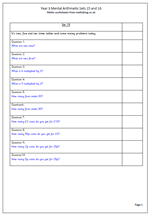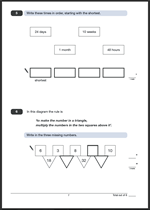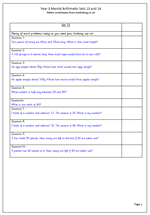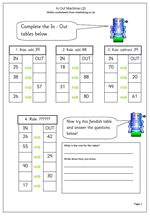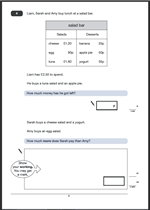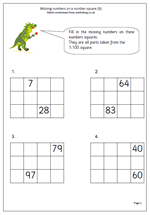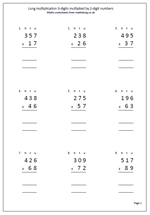 A standard page of long multiplication questions here. For children to be successful with these they need to have a good knowledge of ‘times tables’. Without this knowledge the whole process becomes quite tedious and errors can slip in even if the method is correct.
A standard page of long multiplication questions here. For children to be successful with these they need to have a good knowledge of ‘times tables’. Without this knowledge the whole process becomes quite tedious and errors can slip in even if the method is correct.
The standard method of long multiplication is one which most adults will be familiar with. It does not really matter if the number is multiplied by the tens first or the units first, as long as it is remembered to place a zero in the units column when multiplying by the tens digit. It is also important to line up the answer so that hundreds, tens and units are directly under each other: adding the final total can be very difficult if this is not done.
Long multiplication 3 digits by 2 digits
